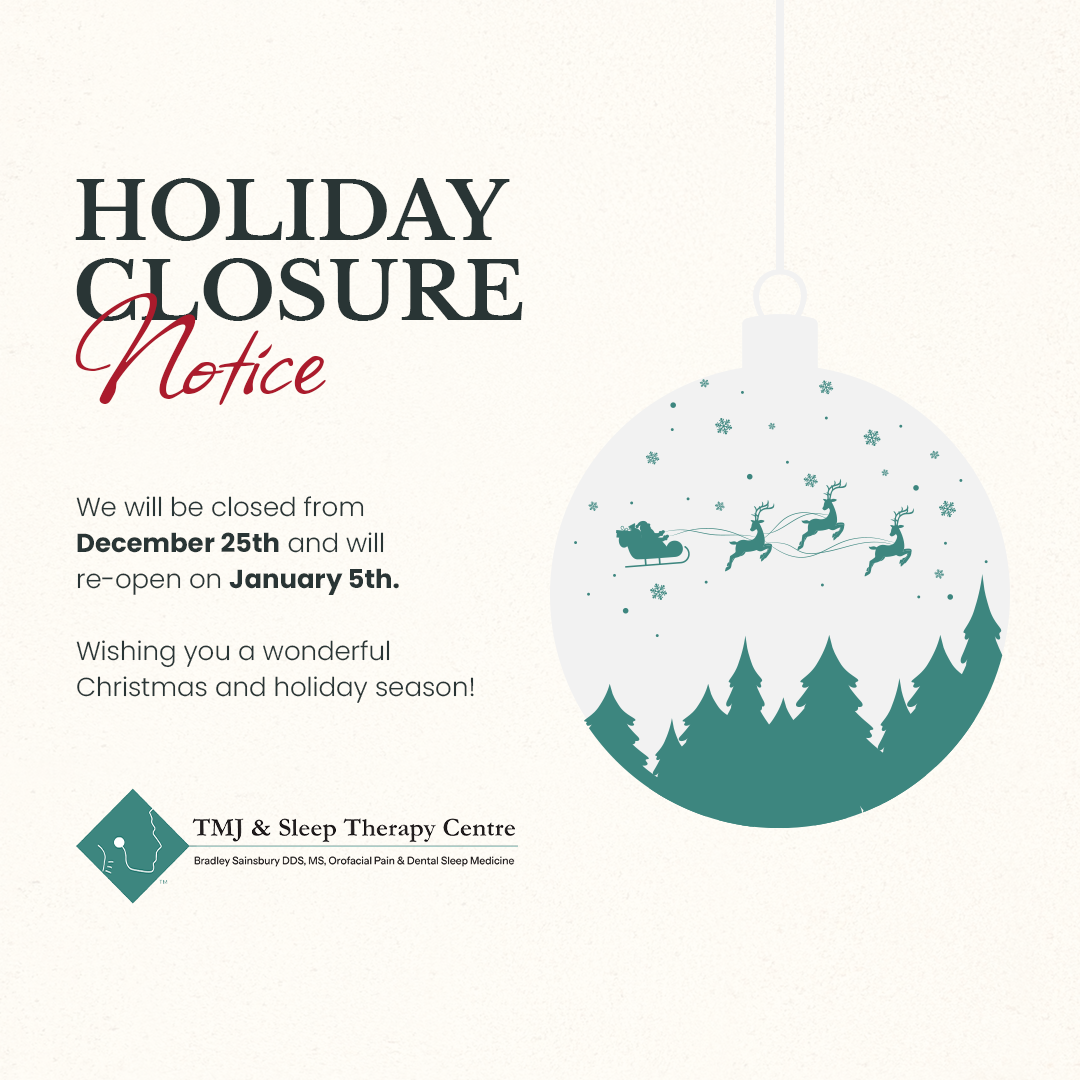Head and Face Pain / Facial Neuralgia TMJ Pain / Orthopedic Dysfunction/ Primary Headaches /Migraines
Musculoskeletal Pain
At TMJ & Sleep Therapy Centre of San Diego we understand the complexities of orofacial pain that are unique to each patient. Some patients experience TMJ (Temporomandibular Joint) pain and dysfunctions (TMD), some experience primary headaches (known as migraines, tension and cluster) while others may have facial neuralgias, musculoskeletal pain or a combination of all. TMJ pain is one of the conditions most frequently identified by patients. This is a very real condition caused by disturbances in the action of the jaw. Research has shown that many factors may lead to this disorder – it can occur by itself or be a part of a more complex problem. We believe that there is usually more than one factor responsible. Causes may include macro traumas: automobile accident, sports injury, accidental falls etc. or micro traumas: clenching and grinding of the teeth (bruxism), which causes the muscles that stabilize the joint to become fatigued from overwork resulting in head, face, jaw and muscle pain.
Often the jaw problems, head and facial pain, headaches, migraines and musculoskeletal pain are symptoms of a greater problem affecting the body, much like a fever is secondary to the common flu. In the absence of an acute injury to the head or facial area, we believe the primary cause of these problems is frequently related to insufficient oxygen while sleeping i.e. an unidentified sleep breathing disorder, sleep apnea or obstructive sleep apnea (OSA). Everyone assumes they are breathing and getting enough oxygen during sleep; few recognize that nighttime teeth grinding and clenching (bruxing) is an unconscious effort to prevent suffocation. This repeated action all night long, over extended periods of time, wears down the skeletal structure and the joints resulting in TMJ pain, headaches, musculoskeletal pain, TMJ dysfunctions and facial neuralgias.
Orofacial Pain Services
Proper diagnosis and emphasis on origin rather than symptoms alone is key to successful, long term treatment results. After proper diagnosis, a specific non-surgical, treatment plan for rehabilitation is developed for the unique needs of each individual patient.
Orofacial Pain for Adults (TMD/TMJ)
Facial pain, headaches and jaw problems are frequently only a symptom secondary to a greater problem affecting the body, much like a fever is secondary to the common flu.
OROFACIAL PAIN SERVICES FOR ADULTS – MAY INCLUDE 1 OR MORE OF THE FOLLOWING:
Comprehensive diagnostics
Non-surgical treatment plan for rehabilitation
Decompression appliance therapy (short term wear of custom orthopedic oral orthotics – not splints)
Nutritional counseling
Medication and supplement regimens
Physical medicine treatment (Laser therapy, trigger points, prolo therapy, phonophoresis)
Multi-discipline Referral Coordination
Proper diagnosis and emphasis on origin rather than symptoms alone is key to successful, long term treatment results. After proper diagnosis, a specific non-surgical, treatment plan for rehabilitation is developed for the unique needs of each individual patient.
SYMPTOMS
Headaches – recurring or chronic
Earache or ear symptoms of stuffiness or ringing
Neck Pain or Stiffness
Facial Pain
Jaw joint sounds – clicking, popping or grating
Limited ability to open or close mouth
Jaw locking (opened or closed)
Sensitive, loose or worn down teeth
Pain or soreness in the TM joints
Dizziness or Pain or difficulty chewing or swallowing
Pain behind the eyes
Extreme sensitivity to light
Orofacial Pain for Children (TMD/TMJ)
The good news with children is that they are still in the developmental stage and the earlier the problem is diagnosed and treated the better the results!
OROFACIAL PAIN SERVICES FOR CHILDREN – MAY INCLUDE 1 OR MORE OF THE FOLLOWING:
Comprehensive diagnostics
Non-surgical treatment plan for rehabilitation
Nutritional counseling
Supplement regimens
Physical medicine treatment (Laser therapy, phonophoresis)
Multi-discipline Referral Coordination
Orofacial pain, although most commonly thought of as a disorder affecting only adults, can present in children at an early age. It may be milder or it may simply seem milder because unlike adult onset conditions, these young children have always had symptoms of jaw pain and headaches or difficulty in normal functions of opening, chewing, swallowing, speaking and communications. As sad as it sounds, they know no difference and assume pain and/or difficulties with function are normal and what everyone experiences. Unfortunately, if undiagnosed and left untreated, the symptoms and condition increase with age.
SYMPTOMS
Headaches – recurring or chronic
Earache or ear symptoms of stuffiness or ringing
Neck Pain or Stiffness
Facial Pain
Jaw joint sounds – clicking, popping or grating
Limited ability to open or close mouth
Jaw locking (opened or closed)
Sensitive, loose or worn down teeth
Pain or soreness in the TM joints
Dizziness or Pain or difficulty chewing or swallowing
Extreme sensitivity to light
ADHD
Bed wetting

 Patient Portal
Patient Portal 










